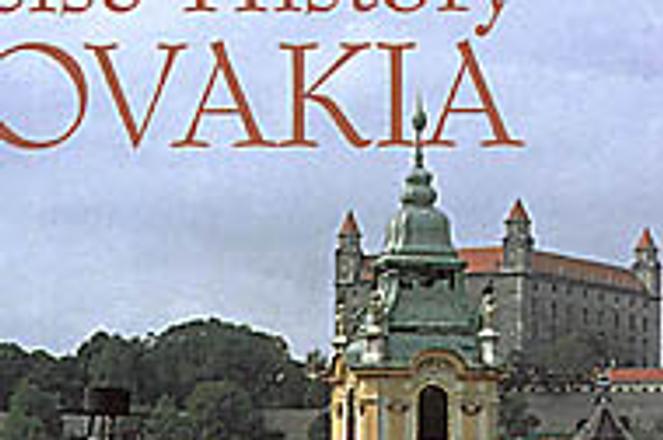photo: A Concise History of Slovakia
A Concise History of Slovakia
Rating: 3 out of 10
Available at: Eurobooks, Jesenského 5 - 9, Bratislava
Pages: 315
Price: 880 crowns
When the Iron Curtain fell in 1989, one of the most pressing tasks facing Slovak educators, already working on shoestring budgets, was to come up with new history textbooks. The current textbooks were hopelessly coloured by communist ideology, the older emphasised Slovak nationalism or Czechoslovak unity, and still older texts were written in Hungarian.
Finding unbiased English-language information on Slovak history has also been a problem for foreigners, some of whom believe that Slovaks still stand in line for toilet paper. More than uninformed, such notions reflect the shadow cast by the legacy of Communism, as if it were the only (and the worst) event in Slovak history. Newcomers may be startled by the complexity of the 1,000-year Hungarian-Slovak relationship.
Into the information gap steps A Concise History of Slovakia, a 300-page tome covering the first traces of mankind on Slovak soil (250,000 - 40,000 BC) to the rise of the Habsburgs and the fall of Communism. A dense, poorly written (perhaps poorly translated) collection of facts, it is a painful read but a rich source of unbiased information.
The 10th century Slavic kingdom of Greater Moravia is sometimes glorified as the original Slovak nation, one which was cruelly ended by invading Hungarians. Here it is explained as a fleeting ("It lasted only half a century") kingdom in a time when dynasties came and went and Slavs and Hungarians were but two of many violent tribes. Care is also taken to point out that until the 19th century, significant tension in the Austro-Hungarian empire lay not in ethnic confrontations but in the relationship between the nobility and serfs of various nationalities.
Interesting as such information is, the book's 11 authors, all historians from the Slovak Academy of Sciences, introduce too many names and minor events without establishing context, a problem that persists into explorations of the modern era. Forced Hungarian assimilation in the 19th century is discussed without explanation of the policy itself, while terms such as "neo-absolutism" are employed without definition, and events are not organised by chronology or relevance. Awkward English ("In reality nothing could change the reality...") compounds confusion.
The long, winding history of Slovaks to statehood could be an engrossing tale. It demands anecdotes, quotes, and in-depth descriptions of crucial moments, none of which you'll find in this book. Even personalities and watershed events are skimmed over: Maria Theresa receives only four paragraphs; the anti-Habsburg revolution of 1848, mentioned but never described, gets zero.
A Concise History of Slovakia does have interesting pictures, including those of nuns being put to work under Communism, the Warsaw Pact invasion of 1968, and the parliamentary vote in Prague on the Czechoslovak split. And it offers plenty of fascinating titbits, such as the percentage of the present-day Slovak railway built by 1915 (89%), the number of Soviet soldiers buried in Slovakia (60,659), and the exact count of Slovak locomotives that survived World War Two (22 out of 655).
The verdict? A Concise History of Slovakia is a suitable book for those so determined to learn about Slovakia they won't mind battling the text.


